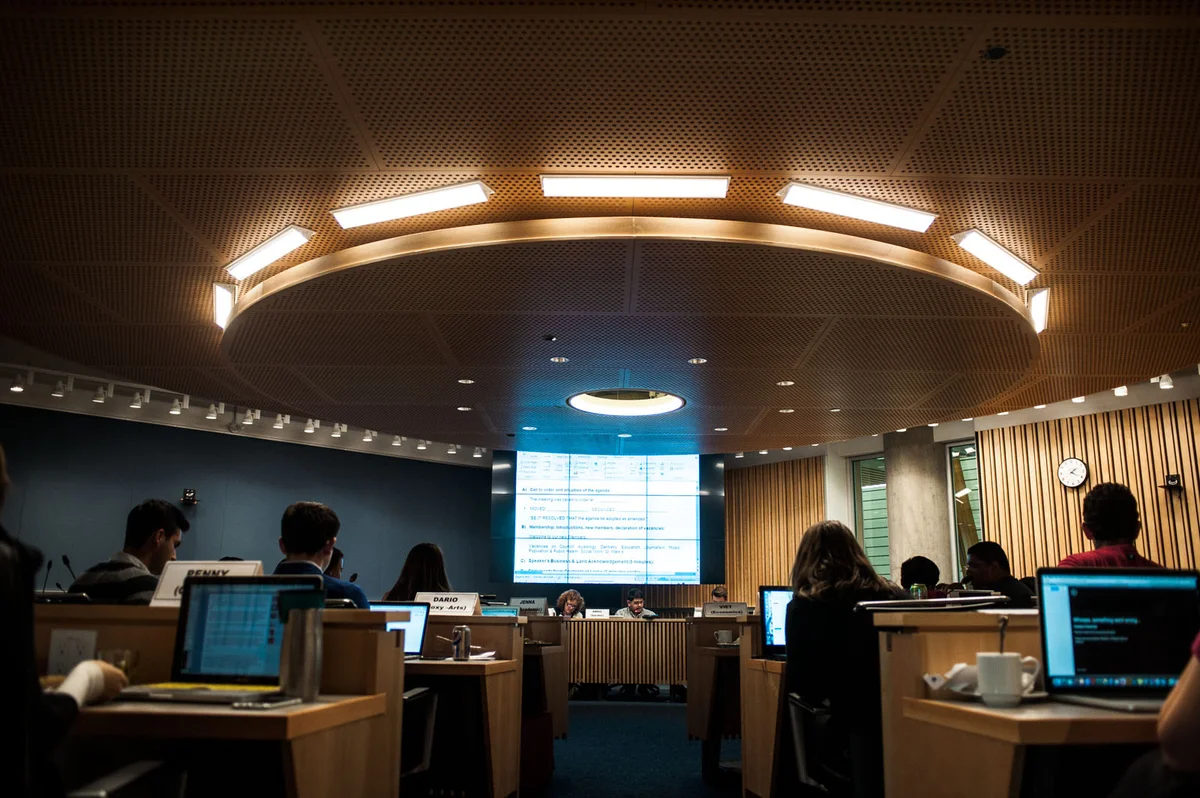
The AMS is developing a communications model for resource groups to use that will help the groups reach out to students in order to expand their memberships.
Resource groups are on-campus collectives within the AMS that are based around social justice issues. The groups’ intent is to provide supportive and respectful communities for students with identities, backgrounds or beliefs that have historically and systemically been discriminated against. Examples include Pride Collective at UBC, the Women’s Centre and Colour Connected.
The idea for the AMS to develop a model which various resource groups could use to promote themselves came about when one group — Colour Connected Against Racism UBC — wanted to expand its membership.
Colour Connected offers support and information to students who feel disempowered due to discrimination based on, but not limited to, racism. According to Colour Connected President Hussain Khan, there’s a communal aspect to the group as well.
“It’s also supposed to be like a space where students of colour or their allies can just come and chill,” he said, noting that although he frequently receives help from Colour Connected alumni, he’s currently the only official member of the group.
Khan is now working with the AMS to create a set of new communication strategies meant to attract students to the group. These strategies will serve as a model for other resource groups to follow if they would like to use it.
“I’m really excited about working more with resource groups,” said AMS VP Administration Ava Nasiri. “Despite a tendency to overlook [them], there really do exist still massive systemic issues and hardships faced by populations of our students and there is never enough advocacy and never enough safe space to be created.”
Although it’s currently a work in progress, the model that’s being considered consists of three pillars, said Nasiri. The first of these pillars is focused on visual media outreach to students, in which Colour Connected and any other groups that wish to can be promoted through social media, posters or AMS newsletters.
The second pillar is in-person outreach, which will focus on boothing and events that can engage students on the campus. AMS Events Coordinator Asad Ali — who is working with Khan on setting up booths for Colour Connected — hopes to make this part of the outreach more than just handing out pamphlets to people on the street.
“When I say boothing, I don’t mean the typical boothing when you’re sitting with two people on your laptop. We thought [to] have some activities … and actually get involved with the person,” he said.
One activity Ali is considering doing with Colour Connected, which got a positive response from students on previous occasions, is called Pop the Stigma.
“We wrote a stigma down [on a balloon] and then you popped it,” he said. “You felt very empowered after that and we just thought we’d bring in something like that to make it more interactive.”
The final pillar involves long-term structural planning, in which involved parties will discuss how to ensure the future success and stability of each group. Nasiri and Ali emphasize that although this model is offered to groups, they will not be obligated to use it.
“I really think it’s important to respect the autonomy for our resource groups and ensure that they have the freedom to operate in whatever capacity and form that they choose,” said Nasiri. “[But] any time the resource groups or any specific resource group has an appetite or expresses a need for a certain type of support, we’re more than happy to go above and beyond.”
By increasing Colour Connected’s outreach to students, Khan hopes that he will be able to make the topic of race more approachable.
“I find that talking about racism and social issues on campus is very uncomfortable for a lot of students and the idea is, ‘How do we make such a big and controversial topic accessible?’” he said. “These days, if you speak even mildly about social inequality, instead of people having conversation, people will be like, ‘Oh, you’re an SJW (social justice warrior) or something,’ and it really just silences the conversation.”
Beyond that, Khan simply hopes to make Colour Connected a friendly community for students of colour and their allies — a place absent of casual bigotry and accessible for these students who wish to “talk to someone or vent to someone about these issues.”

